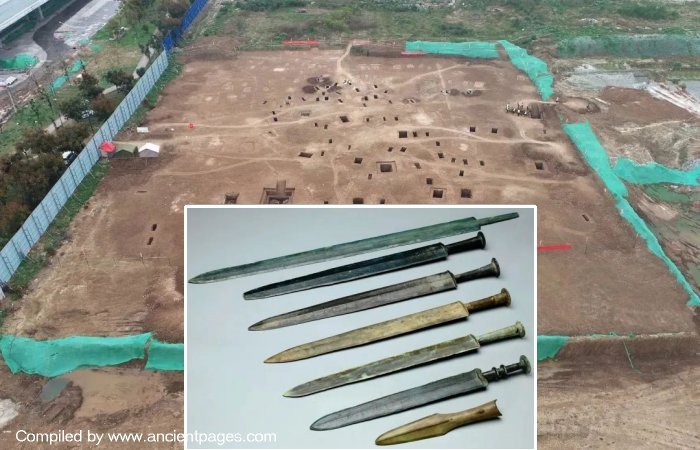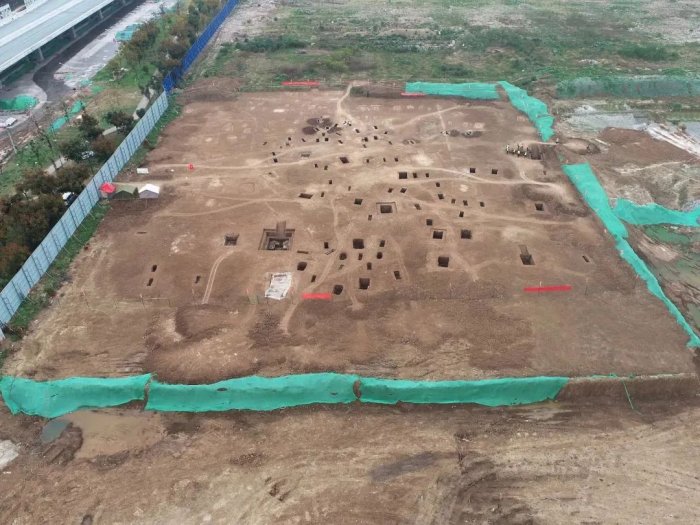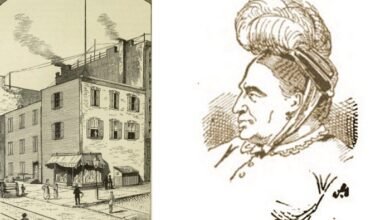Well-Preserved Warring States Period Swords And Cultural Relics Discovered In Xiangyang, Hubei

Jan Bartek – AncientPages.com – During excavations at the 2,200-year-old Baizhuang Cemetery near the Dengcheng village in the Hubei Province in central China, archaeologists made intriguing discoveries that shed light on important events in the history of China during the Warring States Period.
Credit: Chinese Academy of Social Sciences
Researchers from the Hubei Provincial Institute of Cultural Relics and Archeology and the Xiangyang Municipal Institute of Cultural Relics and Archeology unearthed a large tomb complex containing more than 500 other objects from the Warring States Period (475-221 B.C).
This important historical location provides a crucial understanding of the tumultuous era known as the Warring States Period. This term signifies it as being the final era in the region’s history prior to the unification of China’s first empire.
Credit: Chinese Academy of Social Sciences
This time was marked by conflict and disorder, yet it is believed to be the period in which philosopher Sun-Tzu lived. Spanning from approximately 475 to 221 BC, seven distinct states engaged in relentless power struggles for dominance over this region. These conflicts resulted in millions of casualties but also spurred significant advancements in ancient Chinese military technology.
Remarkably, despite these challenging circumstances, culture thrived during this time.
Chinese authorities announced in a press release that the researchers had unearthed 176 individual graves so far. Nine of them are larger than the others, and archaeologists have found a variety of grave goods, such as bronze vessels, boats, pots, and horse parts.
Credit: Chinese Academy of Social Sciences
According to Wang Jingyan, the leader of the archaeological excavation project, most of the bronze ceremonial instruments are typical Jin-style bronzes. The patterns of the pan snake and the deformed pan chi pattern are completely consistent with the patterns on the pottery molds and pottery models of the Houma copper casting site.
The tomb pits have large entrances and small bottoms and are equipped with earthen platforms. The coffins and coffins have decayed, leaving only blue-gray decay marks. Out of the 176 graves, only two are not attributed to the era famously known as the Warring States Period.
The researchers also discovered an impressive collection of well-preserved bronze swords and spearheads. In close proximity, multiple horses and carriages have been found buried, likely intended as offerings and burial gifts for the affluent individuals who owned them.
Credit: Chinese Academy of Social Sciences
The project’s archaeologists have stated that this excavation offers new resources for examining funeral customs in the Xiangyang region during the middle and late Warring States Period. Additionally, it supplies crucial empirical data for studying Chu culture.
See also: More Archaeology News
Xiangyang Baizhuang is located on the north bank of the Han River. This area belonged to the Deng State during the Western Zhou Dynasty. In 678 B.C., the Chu State destroyed the Deng State and established Deng County. According to the characteristics of the unearthed cultural relics, the main age of the cemetery belongs to the middle and late Warring States Period.
Written by Jan Bartek – AncientPages.com Staff Writer








